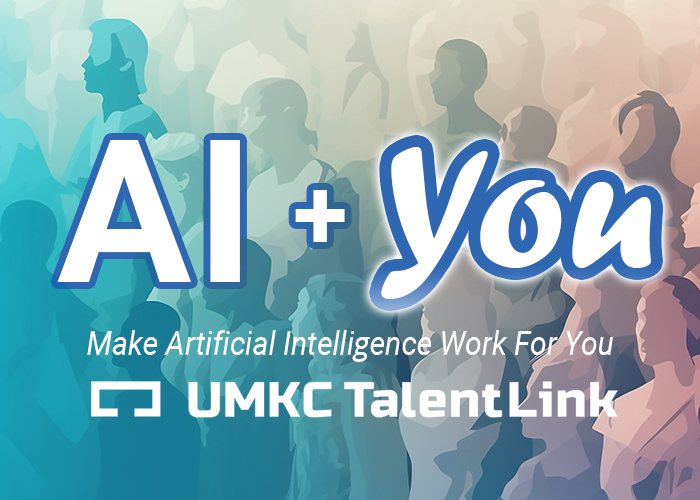homepage | Choose and Use Generative AI Tools Wisely
July 27, 2023
July 27, 2023

Remember when smart phones became a new standard for communication and work? Soon after a flood of applications appeared in online marketplaces like Apple Store and Google Play. Over time, some apps became go-to standards while others never gained traction. We’re in a similar phase now as developers push daily releases of hundreds of new Generative AI tools. With plentiful options to choose from, how do you decide which AI tools best meet the needs of you, your team, or company?
Some applications like ChatGPT have clearly dominated media coverage and mindshare due to a record-breaking number of downloads. But competitors do exist for chatbots and other categories of functional AI tools.
Further, there’s no shortage of lists and guides recommending must-have tools and declaring what’s “best.” Yet compiled recommendations, poorly designed infographics, and guides from dubious, unfamiliar sources can be overwhelming and confusing.
It can be time-consuming and frustrating to download, experiment, and choose between apps that look and sound similar. Will they meet your needs? Like tools on a tool belt, you want the right app to serve its purpose and increase productivity without wasting valuable time.

Data-wise, Lyndsay Noble, Senior Principal of Data & Analytics at Slalom adds, “There are lots of tools and models but there isn’t much variance between the models. The value comes from the user adding their relatively small data to existing large language models to get something custom or differentiated. Customizing these LLMs isn’t that hard to do. The technical skills involve mostly building and exposing APIs. Some tools even have that built in.”
Ideally, the tools are “infinitely adaptable with single-shot, few-shot, multi-shot enhancements. That means that one can focus the lens with as little as a single additional document for training,” Noble says.
As noted, many Gen AI apps are inexpensive or have free versions of most tools and enterprise versions available. Slalom’s Senior Director of Data & Analytics Chris Temple says, “The primary difference is data privacy and ownership. Enterprise versions allow for data privacy and more custom features, such as intellectual property (IP) and personally identifying information (PII) protected.”
At the ground level, downloading and experimenting with Gen AI apps doesn’t require expertise in machine language or artificial intelligence. However, “knowledge of that space is still necessary for understanding bias, hallucination, and general best practices,” Noble says.
In addition to the above considerations, it’s important to be aware of and correct for inaccuracies and other pitfalls that may manifest particularly when data is involved.
Over time, some software and platforms became not only ubiquitous and commonly used, but also developed into well-known brand names – Microsoft Office’s Word, Excel, and PowerPoint, Instagram, TikTok, Slack, and QuickBooks to name a few. Many of us in workplaces take it for granted that we use these tools now.
We’re not quite there yet with the plethora of AI apps on the market to know what tools become new standards, if at all. For now, start by initiating an active discussion. Then build and implement a process for how AI tools fit or not with existing and evolving operations.
Let UMKC TalentLink know how you are using artificial intelligence. Email us with your story and tips.
If you haven’t already, please join our newsletter AI + You and share it with others. You’ll receive updates on our latest posts on artificial intelligence and how it impacts work and innovation.